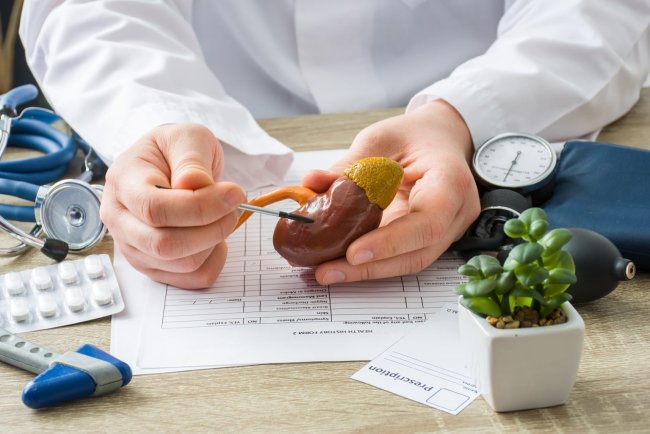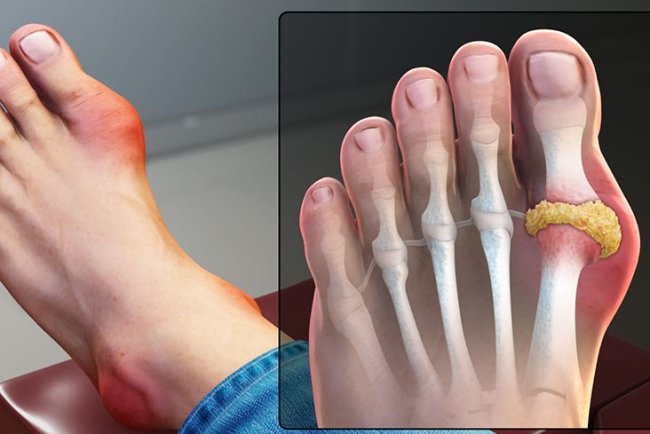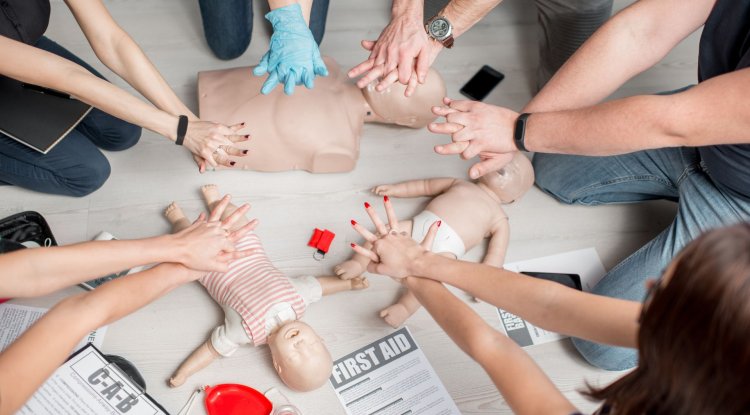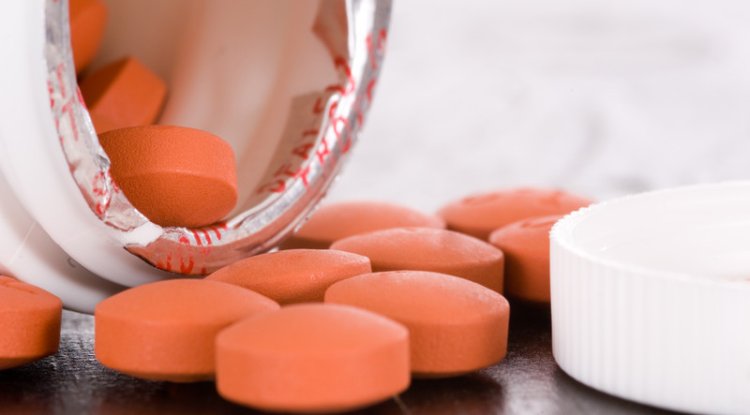Where Do You Stand on Bystander CPR? The Life-Saving Skill Too Few People Are Ready to Use
Imagine this: you’re walking through a busy shopping mall when someone in front of you suddenly collapses. Their phone hits the floor, the crowd freezes and within seconds, a small circle of strangers forms.
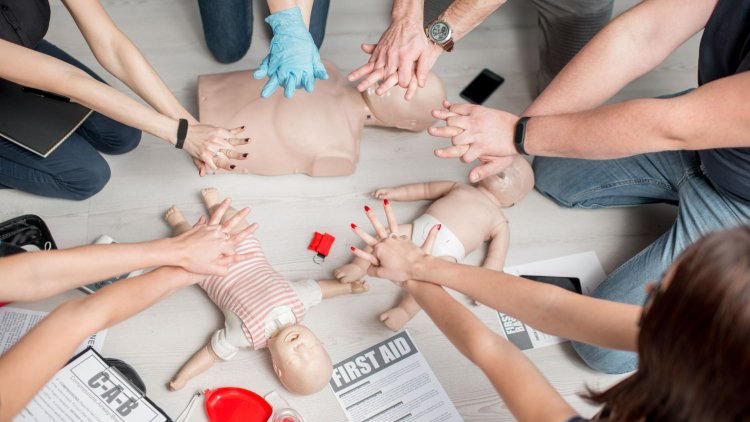
Someone calls for help. Another kneels beside the person, unsure what to do next. And that’s where it usually stops.
Most people, even those with good intentions, simply don’t know what to do at that moment. Some are afraid they’ll make it worse. Others assume someone more qualified will take over.
A recent Cleveland Clinic survey confirms this quiet truth: while many of us believe we’d step in, few are actually prepared to perform CPR and even fewer would do it correctly.
That gap between wanting to help and knowing how could easily be the difference between life and death.
Why So Few People Step Forward
Hesitation during an emergency doesn’t mean apathy; it usually means fear.
Fear of doing it wrong. Fear of being blamed. Fear of causing harm instead of help.
The survey revealed that most people have never had CPR training. And among those who have, many can’t remember the correct steps. Add in the “someone else probably knows what to do” mindset the bystander effect and that critical first minute often slips away.
Then there are other barriers: worries about catching an illness, or the discomfort of mouth-to-mouth contact, which researchers politely call the “ick factor.”
The irony? That part isn’t even necessary anymore.
Modern CPR guidelines no longer recommend mouth-to-mouth for bystanders. Hands-only CPR firm, rapid chest compressions is the standard now. No breath, no barrier, no reason to hold back.
What the Survey Found

The Cleveland Clinic team asked 1,000 adults what they knew about CPR, heart attacks, and strokes three emergencies where quick action can save a life. The answers were eye-opening.
Only 54% said they knew how to perform CPR. Many, however, couldn’t recall key steps.
Just 17% knew that mouth-to-mouth is no longer part of the process.
Only 11% could name the correct compression rate: 100–120 per minute roughly the beat of “Stayin’ Alive” or “Dancing Queen.”
Barely a quarter said their workplace had an AED (automated external defibrillator), the simple devices designed to restart a stopped heart.
Misconceptions didn’t end there:
Nearly 60% mistook stroke symptoms like facial drooping or arm weakness for signs of a heart attack.
39% thought slurred speech indicated a heart attack, not a stroke.
Fewer than half recognized that jaw pain, nausea, or back pain can signal a heart attack, especially in women.
And only one in three people knew that someone having a heart attack should chew an aspirin immediately, one full-strength (325 mg) or three baby aspirins.
Most people want to help. They just don’t know how and that uncertainty costs lives.
CPR: Simpler Than It Seems
CPR isn’t a medical mystery. It’s a rhythm, a set of movements anyone can learn in minutes.
If someone collapses and isn’t breathing normally, start with hands-only CPR: place the heel of your hand in the center of their chest, interlock your fingers, and push down hard and fast about two inches deep, at 100–120 beats per minute.
Forget perfection. You’re not trying to restart the heart; you’re keeping oxygen moving to the brain until professionals arrive.
When the alternative is certain death, even imperfect CPR is infinitely better than doing nothing.
What You Can Do Right Now.
If you ever find yourself in that critical moment, remember these steps:
Check for responsiveness. Tap the person and shout their name if you know it.
Call 911 immediately. If others are nearby, point to someone and tell them to make the call.
Check for breathing and pulse. If they’re not breathing normally, start compressions.
Start hands-only CPR. Push hard and fast in the center of the chest to the rhythm of “Stayin’ Alive.”
Send someone to grab an AED. These are common in airports, gyms, offices, and schools, and they talk you through every step.
If it’s a heart attack and the person is alert, have them chew aspirin unless they’re allergic.
Even if your technique isn’t perfect, your effort might give someone the precious minutes they need to survive. Hesitation is the only real mistake.
The Case for Making CPR Universal
This isn’t about a lack of compassion, it's about a lack of preparation.
We’ve turned CPR training into an optional skill, when it should be as common as learning to drive.
Many schools no longer teach it. Workplaces rarely offer refreshers. And yet cardiac arrest remains one of the top causes of death worldwide, with most cases happening outside hospitals.
It’s not complicated. It’s not dangerous. And it’s not something reserved for professionals.
CPR is a profoundly human act of equal parts courage, rhythm, and care.
You can learn it in less than an hour. You can teach it to your kids. And one day, you might use it to bring someone back.
What's Your Reaction?







